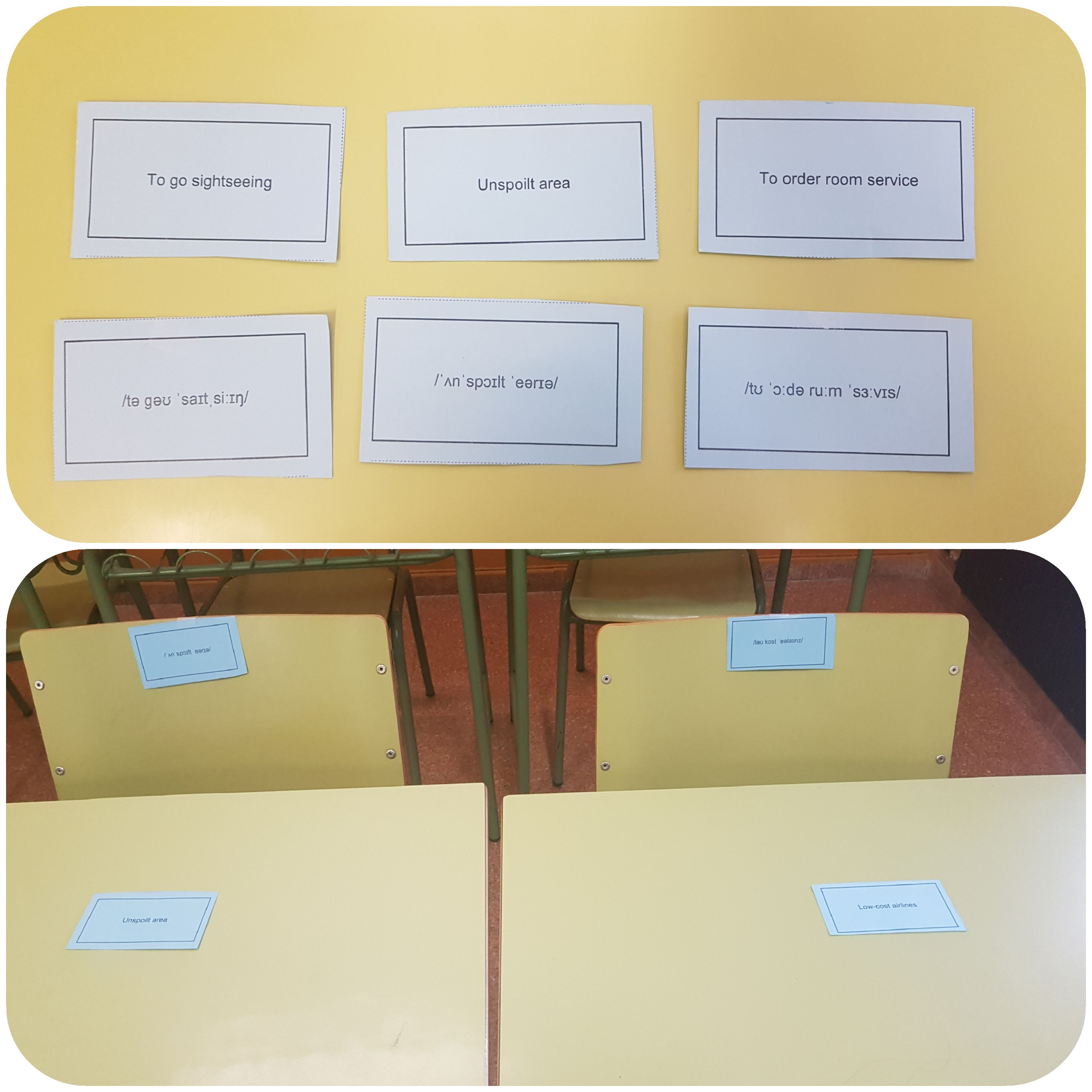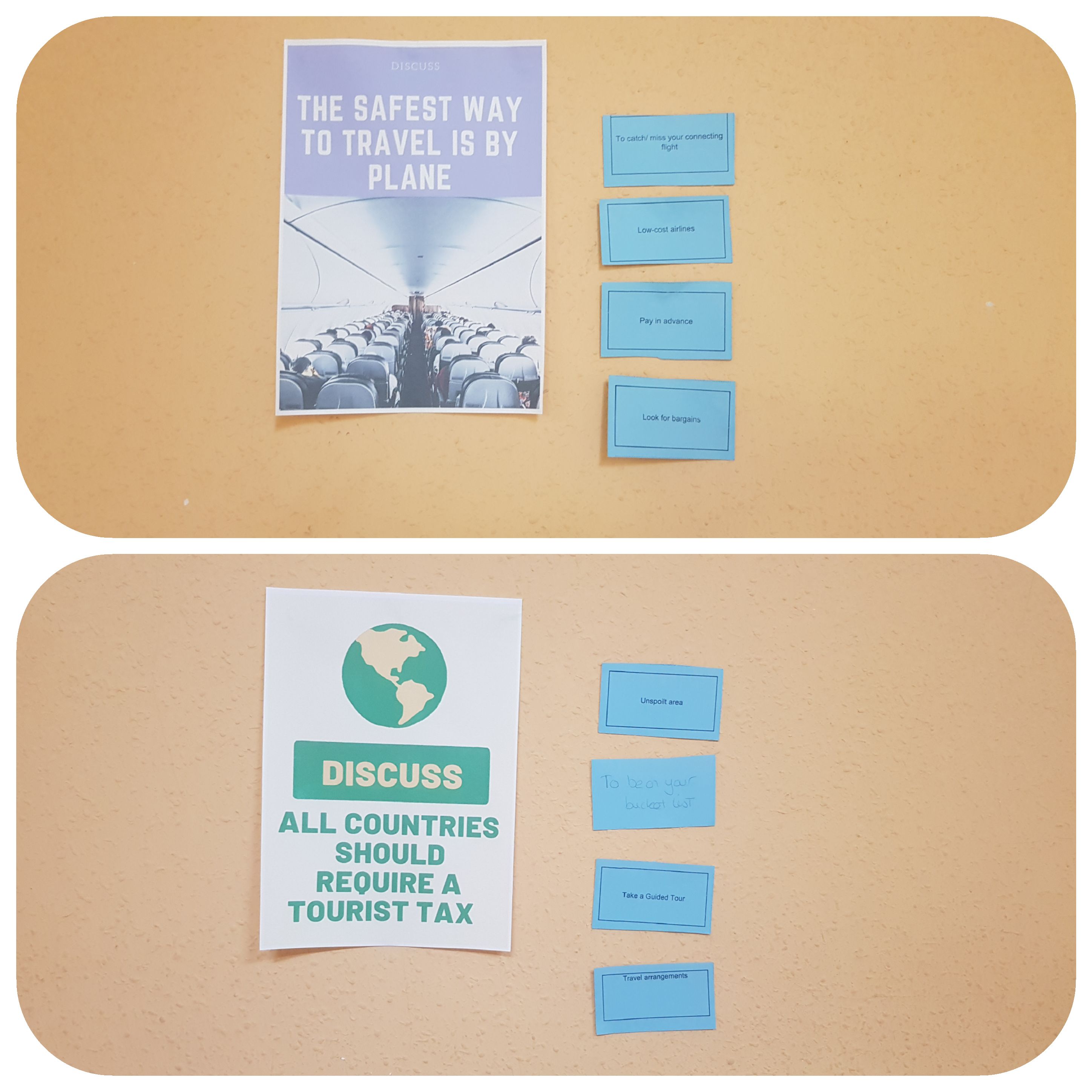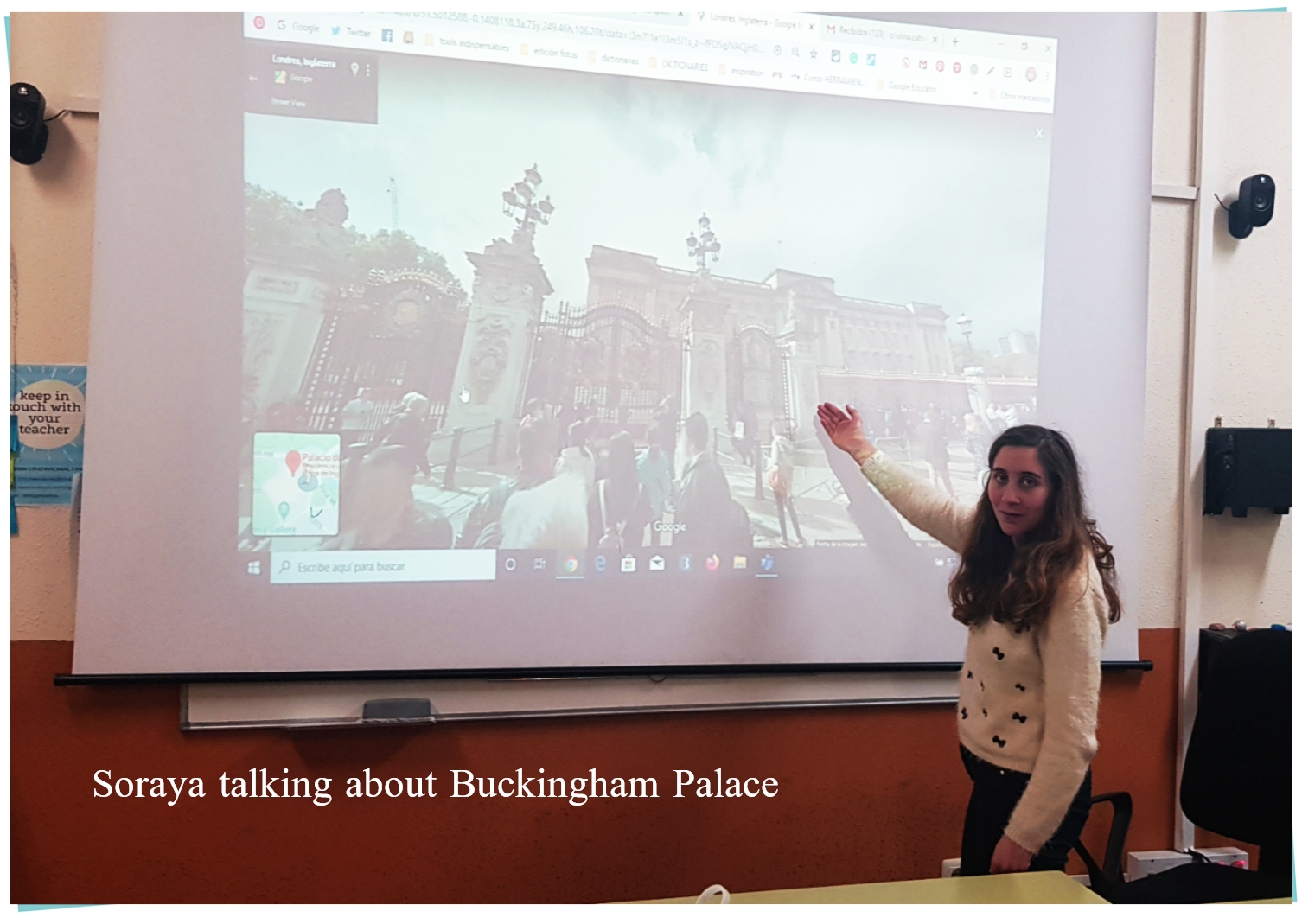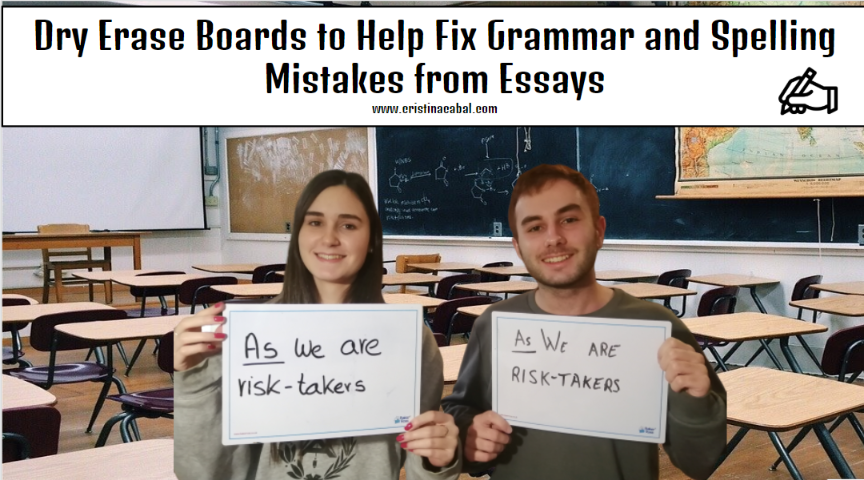Is there anything students love more than a good game? The Taboo Game is an oldie but goodie and I have yet to find a student who does not like it. Playing and learning? It’s always a win-win.

Playing games in class is something that I often do. Well, not this year. I have been on sick leave for 2 weeks and it is taking its toll on my lessons. I feel like I am always in a hurry trying to make up for lost time. It might be working. I might be finally catching up with the syllabus but I am not having as much fun this year as in the previous ones. And this needs to stop. Right now.
So, to give my students a much-needed respite, we have revised the relative sentences using the Taboo game.
GUIDED PRACTICE: RELATIVE SENTENCES
- Before playing, I wrote the beginning of a sentence and asked students to provide the relative pronoun. This is the best time to correct potential mistakes.
- It’s a person… WHO/THAT
- It’s something … WHICH/THAT
- It’s a place … WHERE
- It’s a time … WHEN
2. I wrote the word DOG on the board and asked students to define it using the correct relative pronoun. (for ex, it is an animal that barks).
3. Then, I wrote TEACHER in capitals and under the word TEACHER, I wrote 4 taboo words they were not allowed to use in their description of the word. For example: teach, students, subjects, school. Their definition could be something like ” it is a person whose job involves using the board a lot and helping people learn English or maths”.
Tip: if it’s a B1 class, I would use only 3 taboo words instead of the 4 you have in this game
SEMI-GUIDED PRACTICE: MODERN TABOO
Once again, to create this game I have used the flexible multipurpose Spark Adobe ( honestly, I cannot go without it).
Procedure:
- Divide the class into two teams and ask a representative from each team to come to the front of the class and face away from the board. Decide which team is going to start.
- Player A faces their team A. Display the presentation below. Team A describes the word at the top of the slide, without using any of the words below it (taboo words). If they use any of the taboo words, they will lose 1 point for their team and a new slide will be displayed. When Player A guesses a word, the team gets 1 point and a new slide is displayed.
- Team A continues to describe words for Player A for 1 minute. The game continues with teams and players taking it in turns to describe and guess words. The team with the highest score at the end of the game are the winners.
NOTE: Make sure you don’t use all the words on the presentation below. You will need at least 4 for a variation od the Taboo Game you can do at the end of the game to practise questions.
FREE PRACTICE
Once each team has had their turn, I have put them in groups of 4 and given them paper cards to continue playing. This time, Player A describes the word to their Team. One player from Team B is allowed to see the card to make sure none of the words on the card are used. You can get plenty of Taboo cards on IslCollective. Bear in mind, you will need to register to download content.
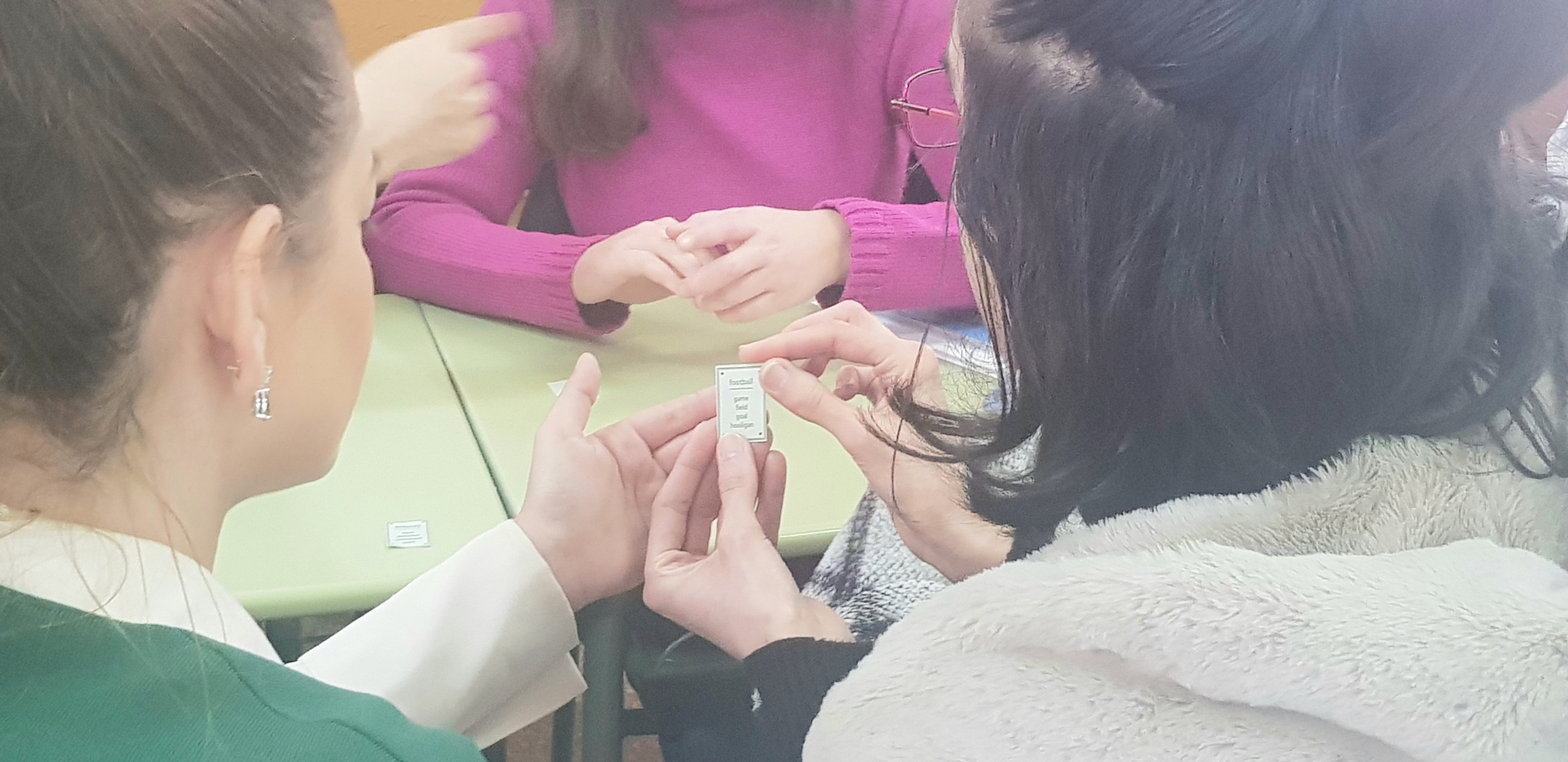
You can also download the traditional Taboo Cards here (B1-B2) and here (A1-A2)
THE TWIST: ASKING THE RIGHT QUESTIONS
To wrap up the activity, ask a representative from Team A and Team B to come to the front of the class. Ask them to face their team and away from the board. Display a word. The team will have to ask questions so that Student A guesses the word; again, they cannot use any of the Taboo words in their questions.
Remember our example?TEACHER? This could go like this…
Team A to Student A
- Who helps you learn English? Who is standing right next to you? Who writes your school report?
I hope you have enjoyed the activity! Have fun teaching, have fun learning!


